Home » News & Events » Community Renewable Energy Deployment Projects Funded by DOE
Community Renewable Energy Deployment Projects Funded by DOE
Washington, DC, January 21, 2010 - U.S. Department of Energy Secretary Steven Chu announced today the selection of five projects to receive more than $20.5 million from the American Recovery and Reinvestment Act to support deployment of community-based renewable energy projects, such as biomass, wind and solar installations. These projects will promote investment in clean energy infrastructure that will create jobs, help communities provide long-term renewable energy and save consumers money. They will also serve as models for other local governments, campuses or small utilities to replicate, allowing other communities to design projects that fit their individual size and energy demands.
“Smaller, more localized renewable energy systems need to play a role in our comprehensive energy portfolio,” said Secretary Chu. “These projects will help create jobs, expand our clean energy economy, and help us cut carbon pollution at the local level.”
The selected projects will be leveraged with approximately $167 million in local government and private industry funding. DOE estimates that these projects will provide enough clean, renewable energy to displace the emissions of approximately 10,700 homes.
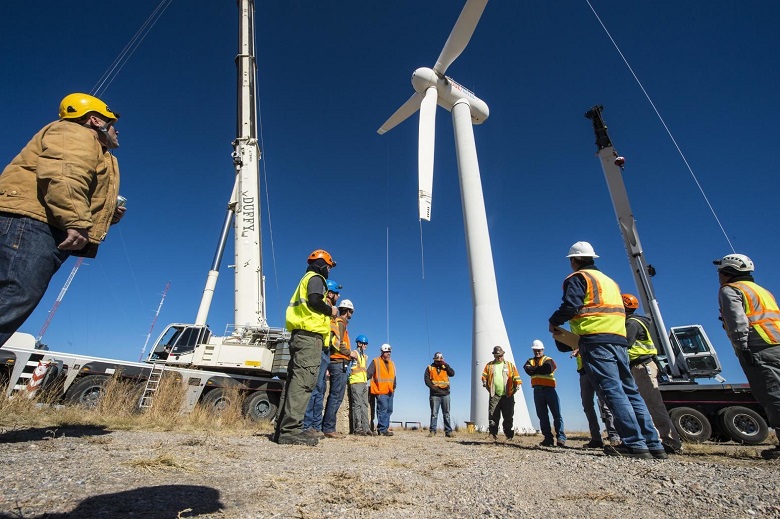
Projects selected for awards include:
City of Montpelier (Montpelier, VT)
This project will further Montpelier's energy goals by supporting installation of a 41 MMBtu combined heat and power district energy system fueled with locally-sourced renewable and sustainably-harvested wood chips. The CHP system will be sized to provide heating to the Vermont Capitol Complex, city owned schools, the City Hall Complex, and up to 156 buildings in the community's designated downtown district for a total of 176 buildings and 1.8 million square feet served. By providing 1.8 million KWh of power to the grid, the system will maximize its operating efficiency and reduce thermal costs for users in the community. Montpelier will conduct outreach to encourage replication regionally and nationally through its project partners, the Biomass Energy Resource Center, the Vermont Energy Investment Corporation, and Veolia Energy North America. DOE share: $8,000,000
Forest County Potawatomi Tribe (Forest County, WI)
The Forest County Potowatomi Tribe proposes to implement an integrated renewable energy deployment plan that will provide heating, cooling and electricity for the Tribe's governmental buildings, displacing natural gas and propane. The renewable energy installations will include: a 1.25 MW biomass combined heat and power facility that will provide heating, cooling and electricity; a biogas digester and 150 kW generation facility; three 100 kW wind turbines (788,400 kWh/year); and three dual-axis 2.88 kW solar PV panels (14,000 kWh/yr) located at the Tribe's Governmental Center. DOE share: $2,500,000
Phillips County (Holyoke, CO)
This project proposes a community-owned 30 MW wind energy project with an ultimate goal to build a 650MW wind farm within Sedgwick, Phillips, and Logan counties in Northeastern Colorado. This project will impact the local economy by sharing the project's revenues with local landowners and other project participants, by generating local jobs, substantial property taxes, and providing clean renewable energy for the area's primary communities. Plans for sharing this ownership model are part of the business plan and will be coordinated with DOE to increase national delivery of the message. DOE share: $2,500,000
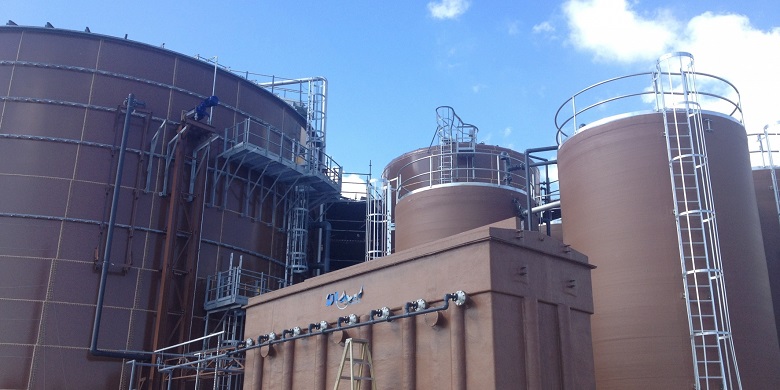
Sacramento Municipal Utility District (SMUD) (Sacramento, CA)
SMUD will install the state's first-ever ‘Solar Highway', which will feature three PV system installations on 2 miles of highway right-of-ways (300kW of concentrating PV, and 400 and 800 kW of flat plate PV distributed at 2 sites), with total capacity of 1.5 MW. SMUD will also install a full scale co-digestion process of fats, oil and grease (FOG) and liquid food processing waste with sewage to produce biogas with estimated power recovery of 1 - 3 MW, and install two low-NOx anaerobic digesters fed by two dairy facilities that will produce 500 kW of combined heat and power, and generate 600 kW of electricity through a molten carbonate fuel cell. The projects will demonstrate that solar PV and anaerobic digesters can be readily implemented through collaborative partnerships, and avoid siting issues and transmission constraints that pose barriers to renewable energy capacity additions. SMUD will partner with the State of California (CEC, CalTrans, and CARB) and DOE to promote replication of their approaches, technologies and implementation strategies statewide and nationally. DOE share: $5,000,000
University of California at Davis (Davis, CA)
UC Davis' proposed Waste-to-Renewable Energy (WTRE) system is one component of a campus oriented mixed housing and commercial development venture. The system would generate power from a renewable biogas fed fuel cell. The organic waste will enter a receiving station in which it can be collected and prepared for digestion. Once the appropriate mix has been created in buffer tanks, the waste will flow to the reactor where methanogenic bacteria will generate methane and carbon dioxide, hydrogen sulfide, etc. These gases will flow to the Bio-methane Upgrade System for hydrogen sulfide and carbon dioxide removal, so that cleanup is to a level appropriate for use in a fuel cell system, and the cleaned gas is stored. Housed alongside the WTRE system within the Community Energy Park will be an advanced storage battery and a 300kW fuel cell that will be fueled by the on-site biogas and provides electric power to West Village end-users. DOE share: $2,500,000
“Smaller, more localized renewable energy systems need to play a role in our comprehensive energy portfolio,” said Secretary Chu. “These projects will help create jobs, expand our clean energy economy, and help us cut carbon pollution at the local level.”
The selected projects will be leveraged with approximately $167 million in local government and private industry funding. DOE estimates that these projects will provide enough clean, renewable energy to displace the emissions of approximately 10,700 homes.

Projects selected for awards include:
City of Montpelier (Montpelier, VT)
This project will further Montpelier's energy goals by supporting installation of a 41 MMBtu combined heat and power district energy system fueled with locally-sourced renewable and sustainably-harvested wood chips. The CHP system will be sized to provide heating to the Vermont Capitol Complex, city owned schools, the City Hall Complex, and up to 156 buildings in the community's designated downtown district for a total of 176 buildings and 1.8 million square feet served. By providing 1.8 million KWh of power to the grid, the system will maximize its operating efficiency and reduce thermal costs for users in the community. Montpelier will conduct outreach to encourage replication regionally and nationally through its project partners, the Biomass Energy Resource Center, the Vermont Energy Investment Corporation, and Veolia Energy North America. DOE share: $8,000,000
Forest County Potawatomi Tribe (Forest County, WI)
The Forest County Potowatomi Tribe proposes to implement an integrated renewable energy deployment plan that will provide heating, cooling and electricity for the Tribe's governmental buildings, displacing natural gas and propane. The renewable energy installations will include: a 1.25 MW biomass combined heat and power facility that will provide heating, cooling and electricity; a biogas digester and 150 kW generation facility; three 100 kW wind turbines (788,400 kWh/year); and three dual-axis 2.88 kW solar PV panels (14,000 kWh/yr) located at the Tribe's Governmental Center. DOE share: $2,500,000
Phillips County (Holyoke, CO)
This project proposes a community-owned 30 MW wind energy project with an ultimate goal to build a 650MW wind farm within Sedgwick, Phillips, and Logan counties in Northeastern Colorado. This project will impact the local economy by sharing the project's revenues with local landowners and other project participants, by generating local jobs, substantial property taxes, and providing clean renewable energy for the area's primary communities. Plans for sharing this ownership model are part of the business plan and will be coordinated with DOE to increase national delivery of the message. DOE share: $2,500,000

Sacramento Municipal Utility District (SMUD) (Sacramento, CA)
SMUD will install the state's first-ever ‘Solar Highway', which will feature three PV system installations on 2 miles of highway right-of-ways (300kW of concentrating PV, and 400 and 800 kW of flat plate PV distributed at 2 sites), with total capacity of 1.5 MW. SMUD will also install a full scale co-digestion process of fats, oil and grease (FOG) and liquid food processing waste with sewage to produce biogas with estimated power recovery of 1 - 3 MW, and install two low-NOx anaerobic digesters fed by two dairy facilities that will produce 500 kW of combined heat and power, and generate 600 kW of electricity through a molten carbonate fuel cell. The projects will demonstrate that solar PV and anaerobic digesters can be readily implemented through collaborative partnerships, and avoid siting issues and transmission constraints that pose barriers to renewable energy capacity additions. SMUD will partner with the State of California (CEC, CalTrans, and CARB) and DOE to promote replication of their approaches, technologies and implementation strategies statewide and nationally. DOE share: $5,000,000
University of California at Davis (Davis, CA)
UC Davis' proposed Waste-to-Renewable Energy (WTRE) system is one component of a campus oriented mixed housing and commercial development venture. The system would generate power from a renewable biogas fed fuel cell. The organic waste will enter a receiving station in which it can be collected and prepared for digestion. Once the appropriate mix has been created in buffer tanks, the waste will flow to the reactor where methanogenic bacteria will generate methane and carbon dioxide, hydrogen sulfide, etc. These gases will flow to the Bio-methane Upgrade System for hydrogen sulfide and carbon dioxide removal, so that cleanup is to a level appropriate for use in a fuel cell system, and the cleaned gas is stored. Housed alongside the WTRE system within the Community Energy Park will be an advanced storage battery and a 300kW fuel cell that will be fueled by the on-site biogas and provides electric power to West Village end-users. DOE share: $2,500,000
Post a Comment:
You may also like:

Featured Articles
Economic Impacts of Wind Industry
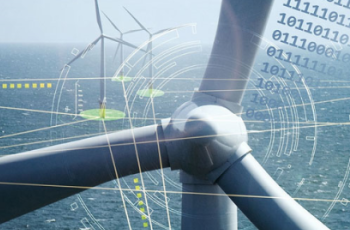 Any business development will have economic impacts on the local and regional economies, and wind energy projects are no ...
Any business development will have economic impacts on the local and regional economies, and wind energy projects are no ...
 Any business development will have economic impacts on the local and regional economies, and wind energy projects are no ...
Any business development will have economic impacts on the local and regional economies, and wind energy projects are no ...Challenges in Wind Industry
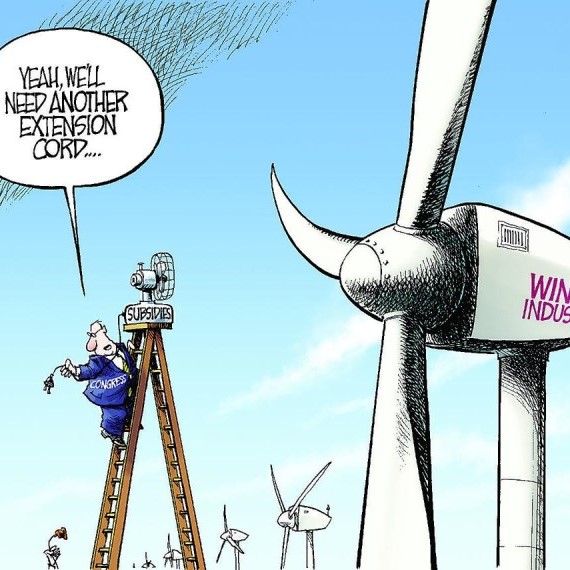 While wind power generation offers numerous benefits and advantages over conventional power generation, there are also some ...
While wind power generation offers numerous benefits and advantages over conventional power generation, there are also some ...
 While wind power generation offers numerous benefits and advantages over conventional power generation, there are also some ...
While wind power generation offers numerous benefits and advantages over conventional power generation, there are also some ...Environmental Impacts of Wind Industry
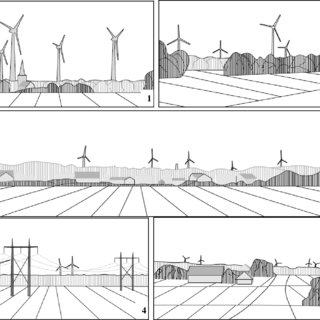 In recent years, the growth of capacity to generate electricity from wind energy has been extremely rapid, To the ...
In recent years, the growth of capacity to generate electricity from wind energy has been extremely rapid, To the ...
 In recent years, the growth of capacity to generate electricity from wind energy has been extremely rapid, To the ...
In recent years, the growth of capacity to generate electricity from wind energy has been extremely rapid, To the ...Employment Impacts of Wind Industry
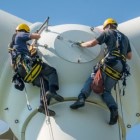 As with most construction and commercial development, wind energy industry create jobs. According to the 2016 Clean Jobs New ...
As with most construction and commercial development, wind energy industry create jobs. According to the 2016 Clean Jobs New ...
 As with most construction and commercial development, wind energy industry create jobs. According to the 2016 Clean Jobs New ...
As with most construction and commercial development, wind energy industry create jobs. According to the 2016 Clean Jobs New ...Wind Energy Cost Trends
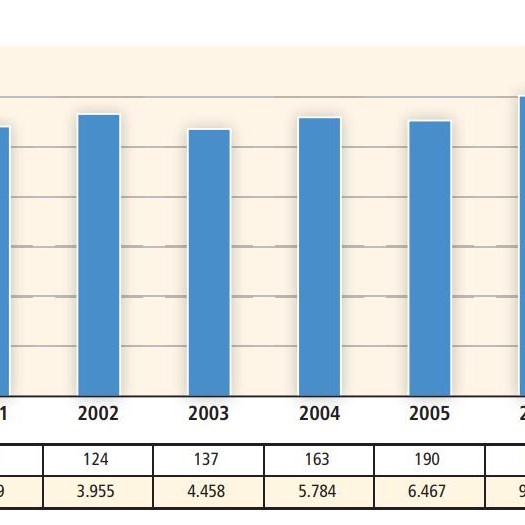 Though the cost of wind energy has declined significantly since the 1980s, policy measures are currently required to ensure ...
Though the cost of wind energy has declined significantly since the 1980s, policy measures are currently required to ensure ...
 Though the cost of wind energy has declined significantly since the 1980s, policy measures are currently required to ensure ...
Though the cost of wind energy has declined significantly since the 1980s, policy measures are currently required to ensure ...